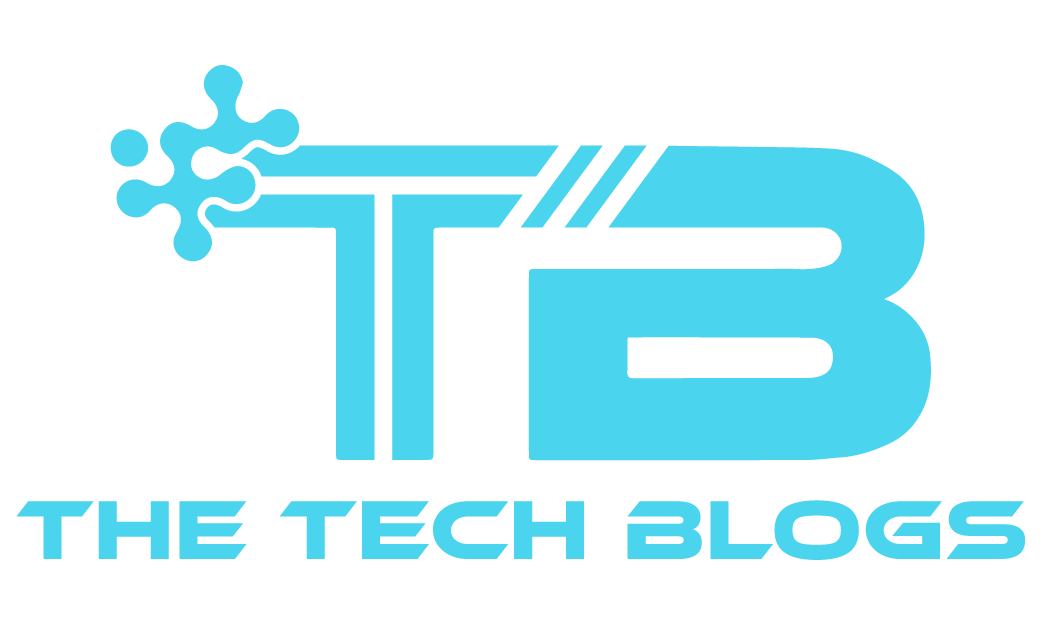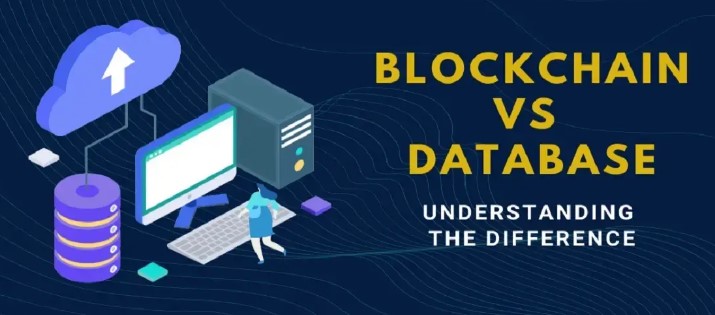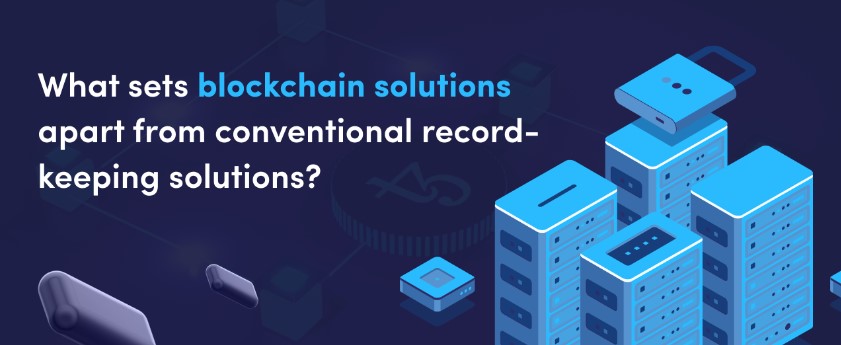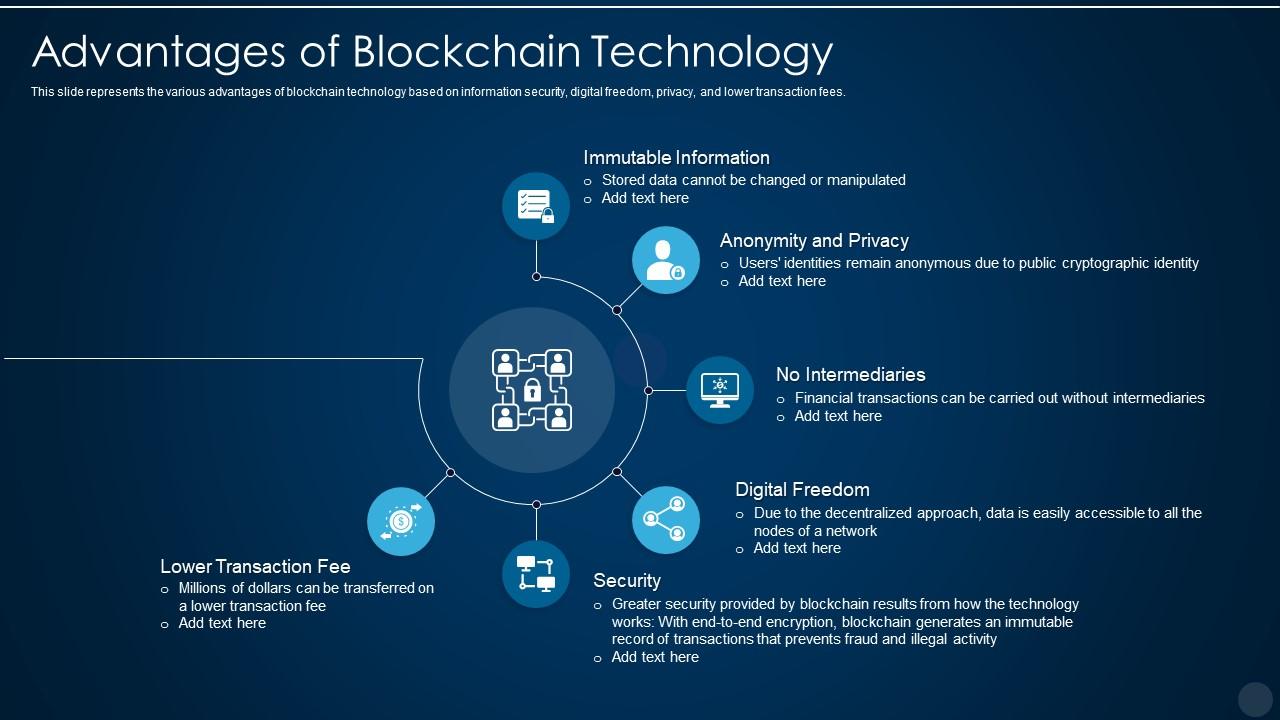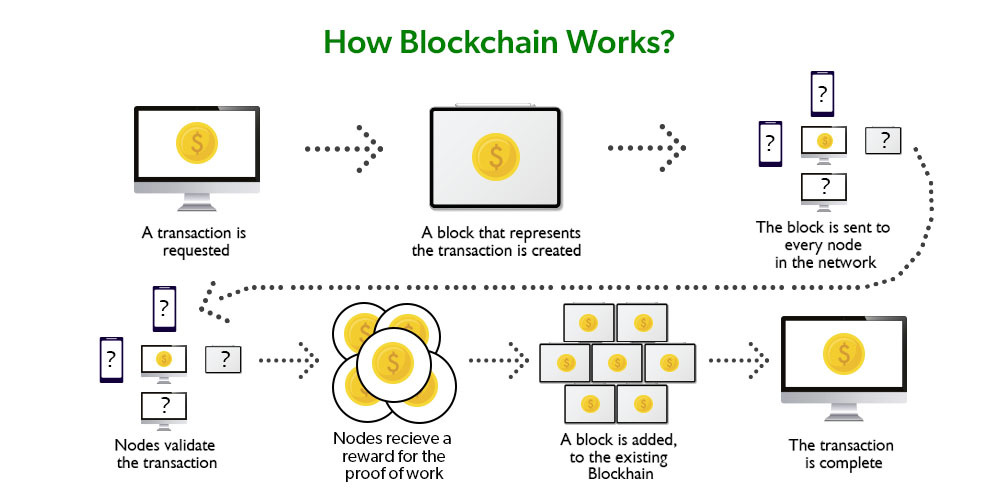Introduction
Hey there, reader! Ever wondered how is blockchain different from traditional database models You’re in the right place! In this article, we’ll dive into the core differences, pros and cons, and use cases for both.
The Basics of Databases
What is a Database?
A database is a structured set of data stored electronically. Think of it as a digital filing cabinet where you store information that can be easily accessed, managed, and updated.
Types of Traditional Databases
- Relational Databases: Like SQL, store structured data with predefined schemas.
- NoSQL Databases: Such as MongoDB, are more flexible and can store unstructured data.
Understanding Blockchain
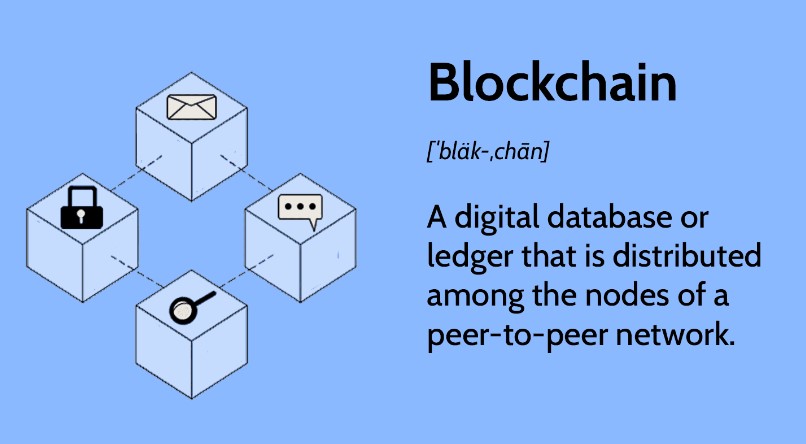
What is Blockchain?
Blockchain is a digital ledger that is decentralized, allowing for peer-to-peer transactions without needing a central authority. Imagine a chain of blocks (hence, blockchain), where each block contains a list of transactions.
How Does Blockchain Work?
Each transaction in a blockchain is verified by multiple nodes in a network and then added to a new block. These blocks are then connected to previous blocks, forming a chain.
Key Differences
Centralization vs Decentralization
Traditional databases are centralized, controlled by a single entity. Blockchain is decentralized, operated by multiple participants.
Security Measures
Traditional databases rely on firewalls and admins for security. Blockchain uses cryptographic techniques, making it more secure.
Transparency and Anonymity
Blockchain provides more transparency but maintains user anonymity, unlike traditional databases, which are opaque and can store personal data.
Speed and Efficiency
Traditional databases can be faster for simple queries but lack the robust security of a blockchain.
Use Cases
Traditional Databases in Practice
Used in a myriad of applications from banking, healthcare, and more.
Blockchain in Practice
Commonly used for cryptocurrencies, but also finding its way into supply chain management, real estate, and voting systems.
Advantages and Disadvantages
Pros of Traditional Databases
- Easy to set up
- Efficient for simple tasks
Cons of Traditional Databases
- Security risks
- Single point of failure
Pros of Blockchain
- Secure
- Transparent
Cons of Blockchain
- Complex to set up
- Requires more resources
Transitioning from Traditional to Blockchain
Factors to Consider
Cost, skill level, and the nature of the business are key factors to consider if you’re thinking of making the switch.
Future Implications
Where is Blockchain Headed?
With advancements in technology, blockchain could become as commonplace as the traditional databases we use today.
Conclusion
The differences between traditional databases and blockchain are numerous, and each has its own set of advantages and disadvantages. The choice between the two depends on your specific needs and what you value more: centralization or decentralization, security or speed. Now you have learned how is blockchain different from traditional database models.
FAQs
- Is blockchain more secure than traditional databases?
- Generally, yes, due to its cryptographic techniques.
- Can I use both traditional databases and blockchain in my business?
- Absolutely, they can serve different purposes.
- Is blockchain hard to implement?
- It can be complex and costly initially but can provide long-term benefits.
- Are traditional databases becoming obsolete?
- Not yet, they still serve essential functions in various sectors.
- How can I decide between a traditional database and blockchain?
- Evaluate your business needs, security requirements, and resource availability.
